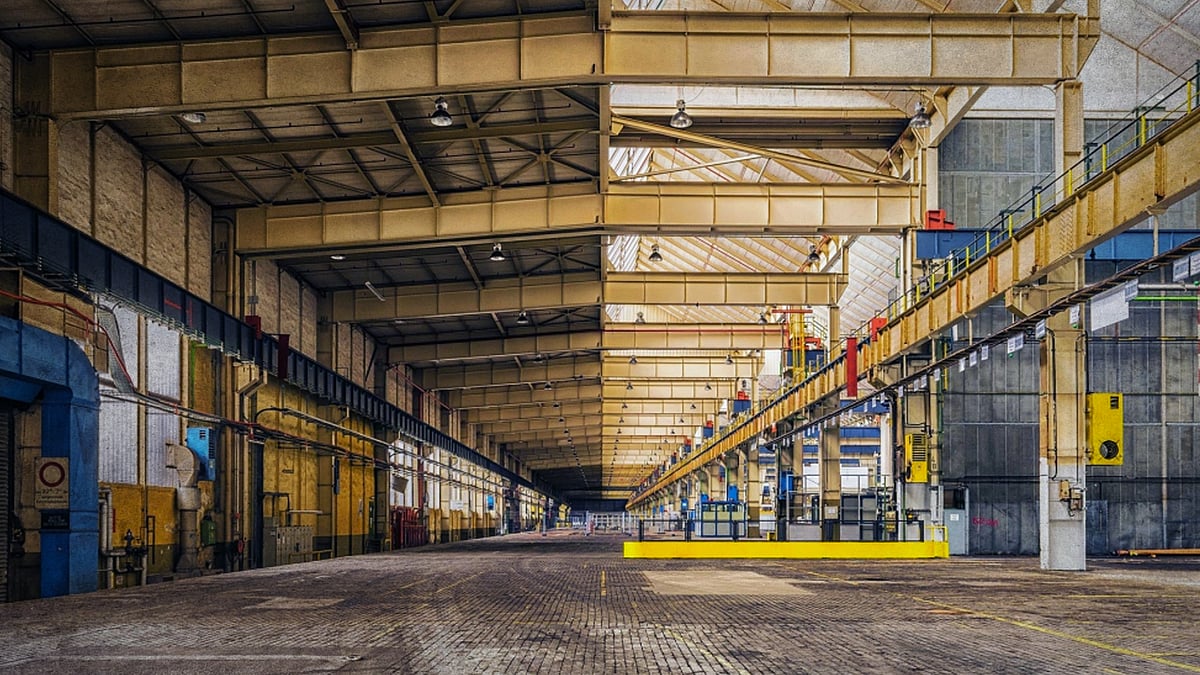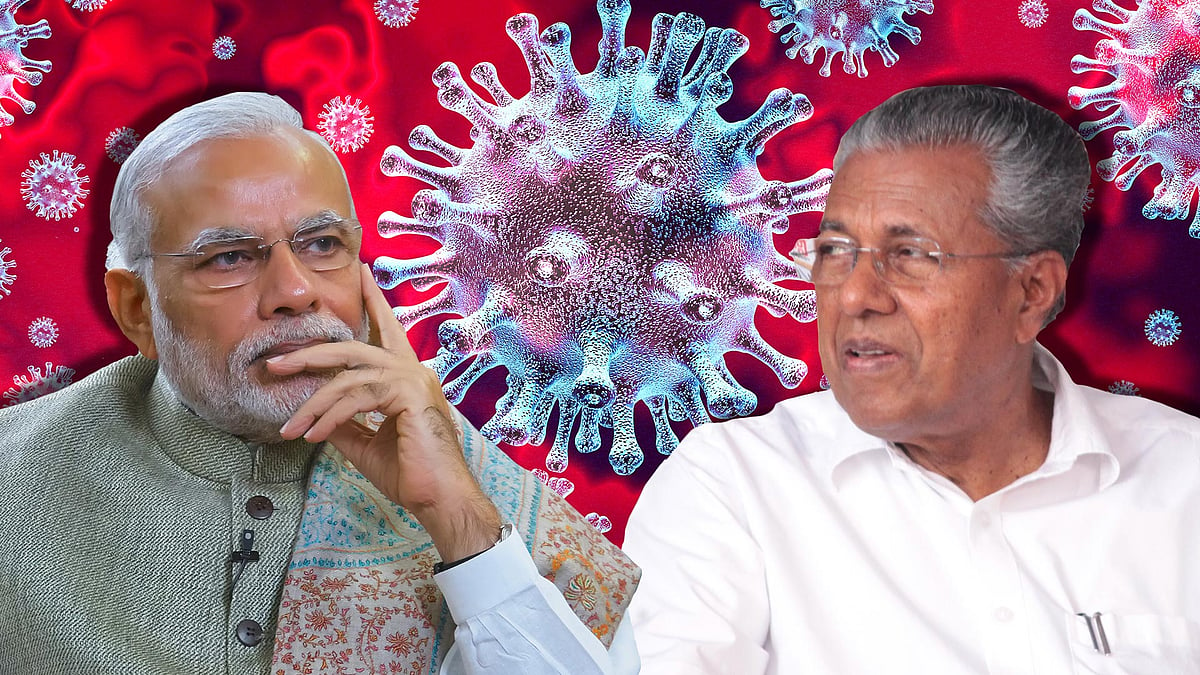Can newspapers survive the coronavirus fallout?
If newspapers don’t reach homes in bigger cities, their advertising revenues are going to take a big beating.
“May you live in interesting times,” goes an old and perhaps apocryphal Chinese curse. And the interesting times are upon us. Large parts of the world are on lockdown to prevent the spread of the coronavirus pandemic.
Late yesterday evening, Prime Minister Narendra Modi declared a 21-day lockdown across India. This is bound to have some impact on the business of newspapers. The newspapers published out of Mumbai are not published on five days during the course of any year. These are January 26 ( Republic Day), a day before Holi, Ganesh Chaturthi, Anant Chaturdashi, and a day after Diwali.
On March 23, 24 and 25, physical editions of newspapers were not printed in Mumbai because vendors have refused to deliver, as they fear contracting coronavirus. Negotiations are currently on with them in order to convince them to do what they have always done.
In Delhi, many resident welfare associations have banned the entry of any outsiders into colonies and buildings. This move is a part of social distancing which the nation has been trying unsuccessfully to practice. Delhi and Mumbai are the biggest advertising markets in the country.
Now with the country going into a three-week lockdown, it will mean major trouble for newspapers.
Newspapers have a unique business model, in the sense that people buying newspapers are not actually consumers but the product. How? A newspaper sells at a much lower price than the cost it takes to produce. So, how do newspapers make money? They don’t make money from newspaper sales, but they make money from their advertising.
The promise that a newspaper makes to advertisers is that we go into so many homes and if you advertise with us, your product or service is bound to be seen. So, it is the advertiser who is actually paying for the newspaper and not the reader. The reader is the product that the newspaper is selling to the advertiser. The more the number of readers a newspaper has, the greater number of homes it goes into, the higher is the advertising rate it can charge.
Hence, it is important for a newspaper to get the price right. If the price is too high, the number of readers is bound to fall and when that happens, the advertising rates are likely to take a hit as well. This explains why newspaper prices haven’t kept pace with the rate of inflation at all, over the decades.
I grew up reading the New Delhi edition of the Indian Express in Ranchi in the late 1980s and early 90s. Back in the day, the price of the newspaper used to be Rs 3. An air-surcharge of 25 paisa was over and above this. Three decades later, the New Delhi edition of the newspaper costs Rs 6 in New Delhi.
In this scenario, the advertiser and the advertisement become very important. This explains at some level why corporate scandals are rarely exposed by newspapers in India anymore. This for the simple reason that corporates are advertisers and you don’t want to hurt the advertiser. They are the real customers.
How does all this come together in the current situation, where the entire country has been put under a lockdown in the fear of the spread of coronavirus? Advertisers pay newspapers because the readers can see their ads. But if a newspaper is not published or it doesn’t reach homes even if it’s published, there is no reason for an advertiser to advertise. If newspapers don’t reach homes in bigger cities, their advertising rates and their advertising revenue is going to take a big beating.
There are other things as well.
In a lockdown, people will buy only the most important things that they need for their everyday use or what economists like to call “non-discretionary spending”. So, the demand for stuff like food, washing powder, soaps, toothpaste, etc, is likely to continue. In fact, if food supply chains get impacted, as they are likely to be, in the days to come, food prices will go up. They already are.
When it comes to discretionary consumption, it is going to collapse over the next three weeks. There will be no sales of mobile phones, washing machines, ACs, TVs, computers, cars, two-wheelers, etc. Even if people want to go out and buy stuff, the stores are not open.
Hence, there will be no point for these companies in advertising. This will see an immediate impact on advertising revenue of newspapers. In fact, this has already started to happen. Also, people working in the gig economy will see a fall in their income. Over and above this, people working in the informal sector and for smaller businesses will start losing their jobs soon. There will be salary cuts as well for those who don’t lose their jobs. This will impact their purchasing power negatively. Once people lose jobs, discretionary consumption will take an even further beating, post mid-April. This will impact big business and, in turn, their advertising in newspapers.
The larger point being that if things don’t improve post mid-April, the very business model of newspapers will be threatened. At the same time, this is the time when we really need newspapers and a free press, so that they can continue telling us how governments around the country are trying to prevent the spread of coronavirus. This is also the time when we need to know which way the economy is going to go. These are complex times and they need good reporting as well as explanatory journalism. There is too much fake news going around the viru which only good explanatory journalism can tackle — something which costs a good amount of money which advertising won’t bring in.
Newspapers aren’t really prepared for this situation. In order to make more money, some newspapers in India have put their epapers behind a paywall, but their websites continue to be freely accessible. So, the question is: why will readers pay for the epaper when the same content is freely available on the website of the newspaper? No one seems to have thought through this.
Putting website content behind a paywall is a leap of faith that newspapers need to make in India. To start with, they can limit the number of free articles that a reader can read on their websites in a month. Beyond this, any reading needs to be paid for. Some websites are trying this model already. These articles need to be made available at rates as cheap as Rs 5-10 per piece, to get a market going. Of course, this should have already been happening and now is not the time to do it.
Further, in the days to come, a Magzter like service needs to emerge for newspapers. In the case of Magzter, a subscription allows access to many different magazines. A similar service for newspapers will allow access to many different newspapers. This is important because people may not want to pay for multiple newspapers or maintain multiple accounts complicating their already complicated digital lives.
Also, if paid subscriptions take off in the days to come, newspapers don’t need to depend on corporates and governments for advertisements. And this is when they can really report and write what they want to. The question is, do the newspapers really want to do this, given that Indian newspaper owners have interests across varied businesses. On that, your guess is as good as mine.
 India is a potential graveyard of jobs, as coronavirus-hit companies fight an existential crisis
India is a potential graveyard of jobs, as coronavirus-hit companies fight an existential crisis
 Coronavirus: As PM doles out platitudes, CMs step up to the challenge
Coronavirus: As PM doles out platitudes, CMs step up to the challenge